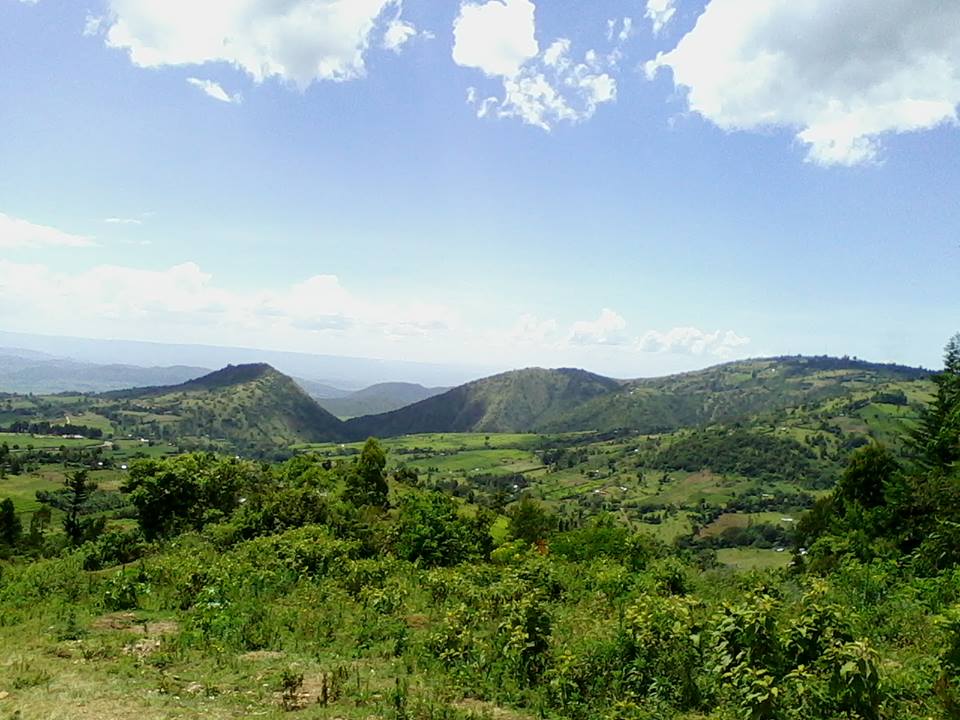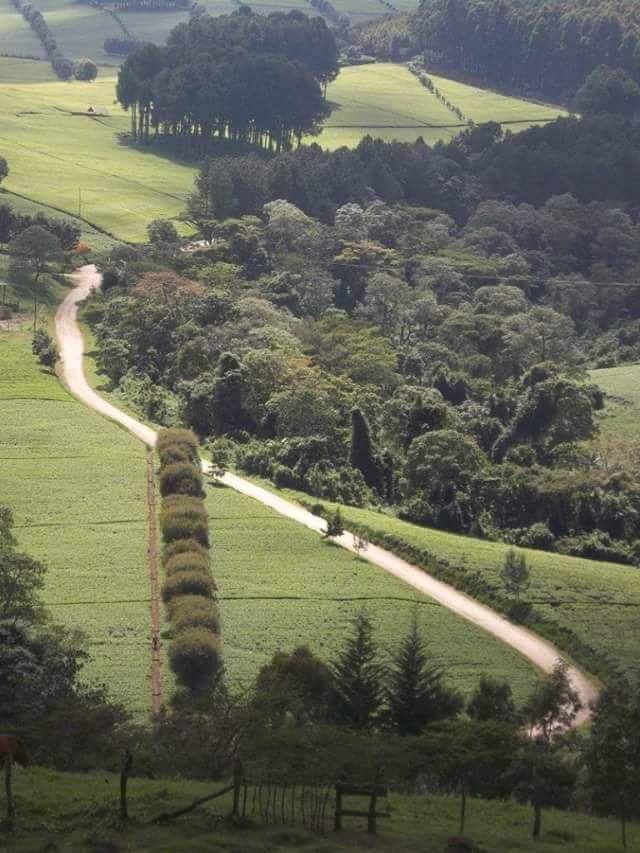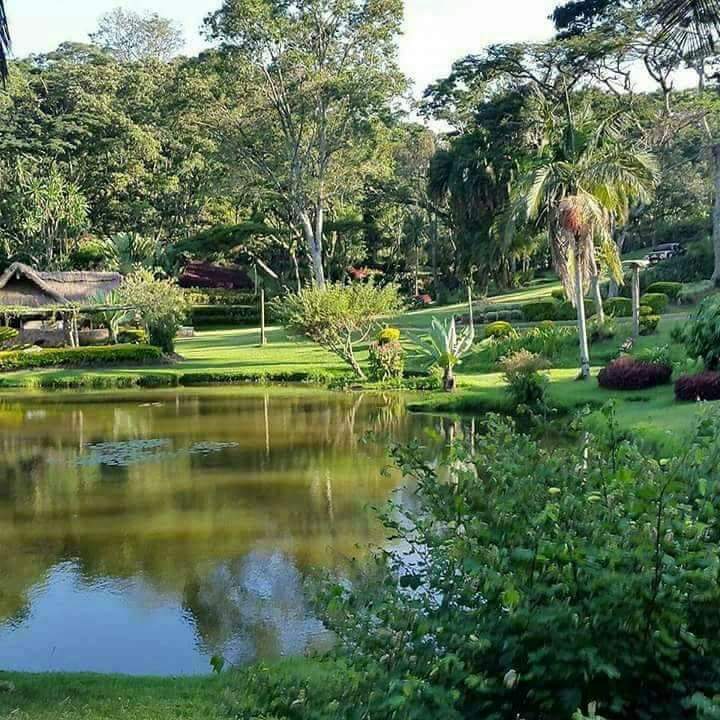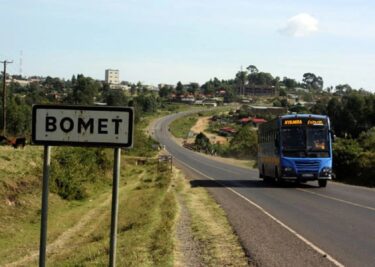Nandi
There is an understanding amongst the people of County 029 that they are descended from some most intriguing people – the ancient Egyptians. The Nandi, like the Egyptians, traditionally worshipped the sun god who in the north of our continent was known as Isis, whereas amongst the Nandi he is known as Asis. Anthropological studies have confirmed many similarities between the ancients and the modern day people of Nandi, whose culture is deeply entrenched and up to today host one of the most elaborate initiation rites in East Africa.
More recent history tells us of Kimnyole arap Turukat, an Oorgoiyot (leader) of the Nandi. He was born around Aldai in the southwestern corner of what we now know as Nandi County. Around the mid-1800s he foresaw the coming of the white man and his strange iron snake. Although he did not quite know the details of what this would mean, the prophecy was clear in that it would bring hardship for his people, in unprecedented ways. Soon after this vision he sent three of his sons to live amongst the Kipsigis and one amongst the Keiyo.
Upon his death in 1890, a new Oorgoiyot had to be named, and a succession battle broke out between the youngest son Koitalel arap Samoei, who had been dispatched to the Tugen hills, and the elder Kipchombe arap Koilege who had lived amongst the Kipsigis. Kotailel prevailed and he became Oorgoiyot. His brother moved back to the Kipsigis where he became the first Kipsigis Oorgoiyot.
For Koitalel, his ascent to leadership was but the first of many battles that he would have to fight in his lifetime. His father’s visions began to manifest, for in Mombasa, construction of the Uganda Railway began in 1896, just a year after Koitalel’s installation as Oorgoiyot. The fertile lands of the Nandi were immensely attractive to the Europeans, but the fearsome warriors repeatedly held conquest at bay, and their lands remained untouched.
For eleven years Koitalel arap Samoei led his people’s resistance against the invaders. By 1905 the British had become extremely frustrated at their continual losses and sent in their “best man” to find a way to end the war. The man was Richard Meinertzhagen, a British army officer responsible for the slaughter of thousands of Kenyans at the turn of the century, who blatantly operated beyond any military code. Koitalel was invited to discuss the parameters of a truce with Meinertzhagen. However, the officer shot the feared Oorgoiyot and 22 of his advisors in cold blood before the talks even started. The date was 19th October 1905, a day remembered with reverence each year amongst the Nandi. The ancient, strong and independent people lost their leader and the resistance was broken. In 1919 Koitalel’s son Barsirian arap Manyei became the Nandi Oorgoiyot, but in 1922 he was jailed by the British. Moved from one prison to another until independence when he was finally released, Barsirian was the colonial governments’ longest serving political prisoner.
Many know this fertile county for the beautiful tea farms of Tinderet, numerous contemporary athletic greats, or the natural wonder of the Chepkiit Falls; however as it is all across Kenya, plenty more story lies in its depth of history, which can be explored at the Koitalel Samoei Museum in Nandi Hills Town.
- Photo Credit: Nelson Koros
- Photo Credit: Nelson Koros
- Photo Credit: Nelson Koros
- Photo Credit: Nelson Koros






